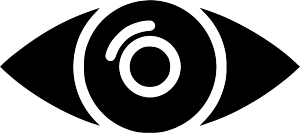
Technology can be a double-edged sword:
The rise of social media platforms has undoubtedly fuelled misinformation in the 21st century. However, technological advancement has also helped humanity overcome many obstacles in the past.
Successful approaches to combatting ‘fake news’ must harness the avenues and opportunities made available through technology.
 The advent of Artificial Intelligence (AI):
The advent of Artificial Intelligence (AI):
AI technologies, particularly machine learning and natural language processing, must be leveraged to address the fake news problem.
We believe these technologies show great potential in automating human fact-checkers, ultimately facilitating the process of determining the truth from what’s fake.
 The aim of News Lens is twofold:
The aim of News Lens is twofold:
1. To identify potentially misleading sources of information.
2. To educate readers and help them become resilient to ‘fake news’.

How does News Lens work?
News Lens is a browser extension for Chrome that searches all links on a given web-page for references to unreliable news sources, checking against a manually compiled list of domains obtained from OpenSources.
Whenever a link appears on your screen that references a potential source of ‘fake news’, News Lens highlights the link in red. You’ll see a magnifying glass on either side of the source in question. Hovering over the link will reveal a text-box that outlines reasons for warning readers.
News Lens targets the spread of misinformation on online platforms, particularly social media websites like Facebook, Twitter, and Reddit.
Download the extension from the Chrome Web Store today!
Open Sources uses combinations of the following tags to classify each website:
Fake News: Sources that entirely fabricate information, disseminate deceptive content, or grossly distort actual news reports
Satire: Sources that use humor, irony, exaggeration, ridicule, and false information to comment on current events.
Extreme Bias: Sources that come from a particular point of view and may rely on propaganda, de-contextualized information, and opinions distorted as facts.
Conspiracy Theory: Sources that are well-known promoters of kooky conspiracy theories.
Rumor Mill: Sources that traffic in rumors, gossip, innuendo, and unverified claims.
State News: Sources in repressive states operating under government sanction.
Junk Science: Sources that promote pseudoscience, metaphysics, naturalistic fallacies, and other scientifically dubious claims.
Hate News: Sources that actively promote racism, misogyny, homophobia, and other forms of discrimination.
Clickbait: Sources that provide generally credible content, but use exaggerated, misleading, or questionable headlines, social media descriptions, and/or images.
Proceed With Caution: Sources that may be reliable but whose contents require further verification.
Political: Sources that provide generally verifiable information in support of certain points of view or political orientations.
Credible: Sources that circulate news and information in a manner consistent with traditional and ethical practices in journalism (Remember: even credible sources sometimes rely on clickbait-style headlines or occasionally make mistakes. No news organization is perfect, which is why a healthy news diet consists of multiple sources of information).
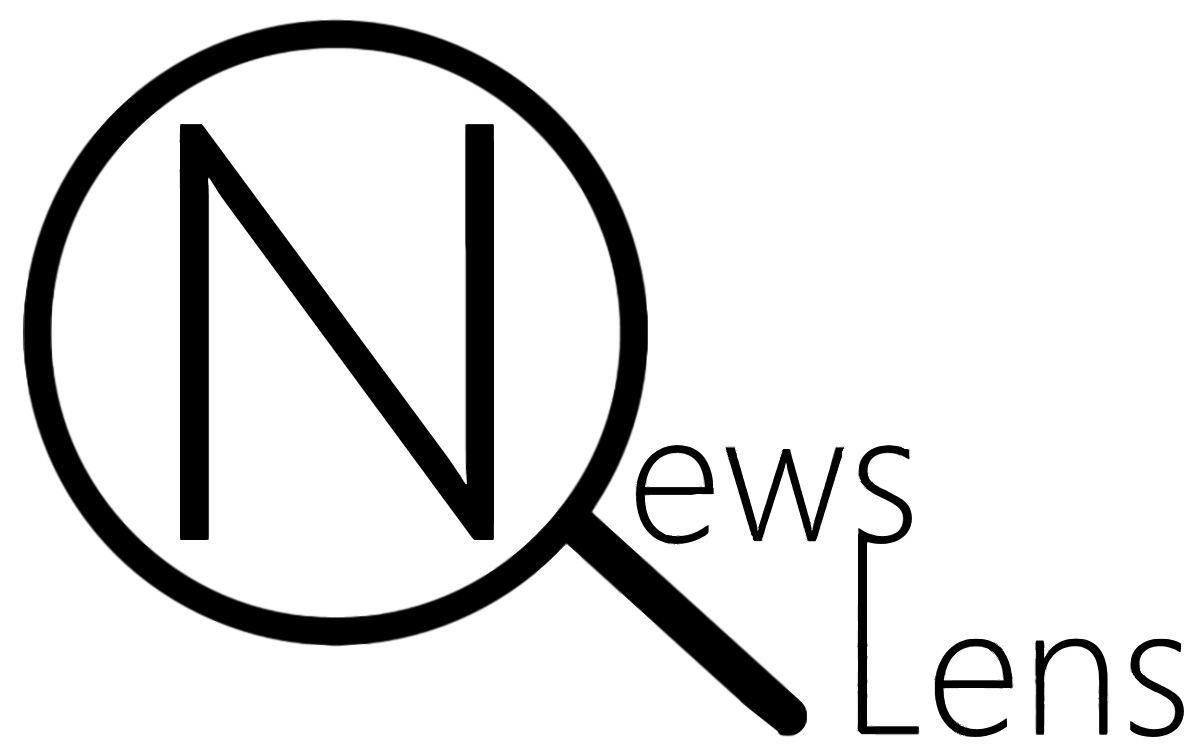
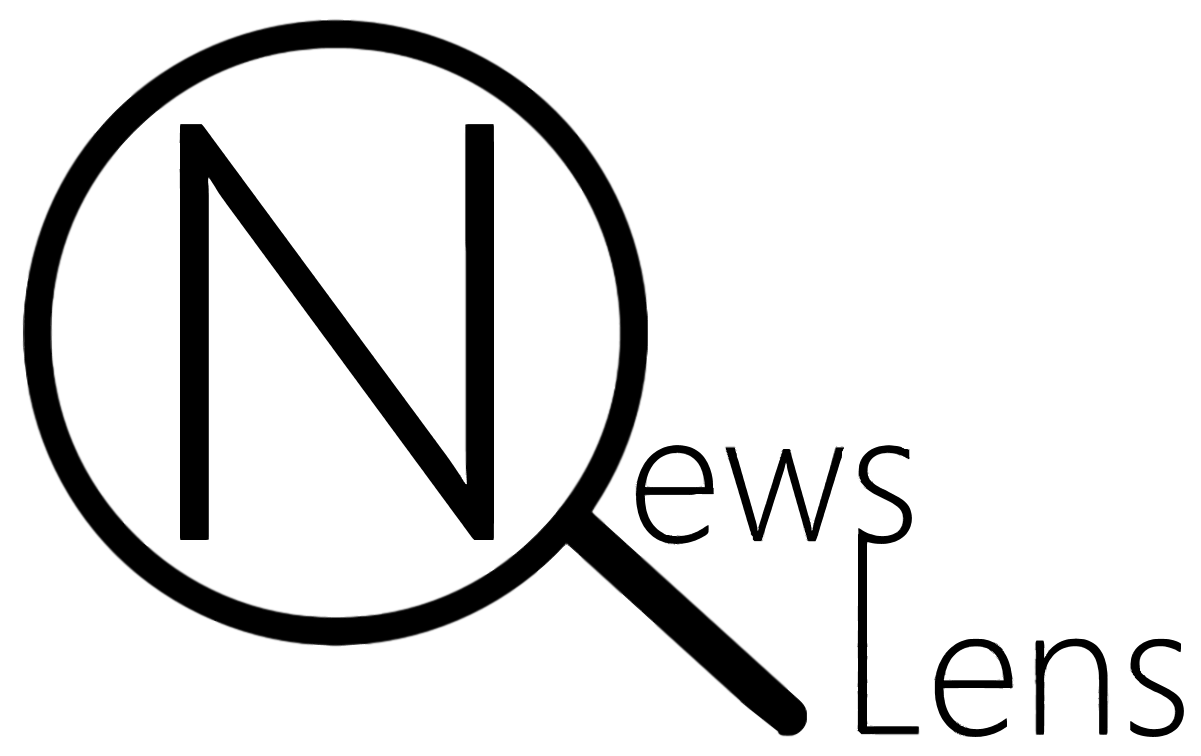

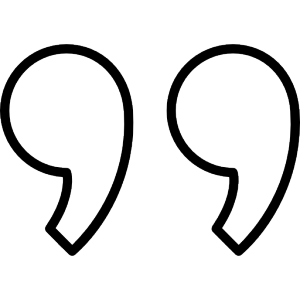

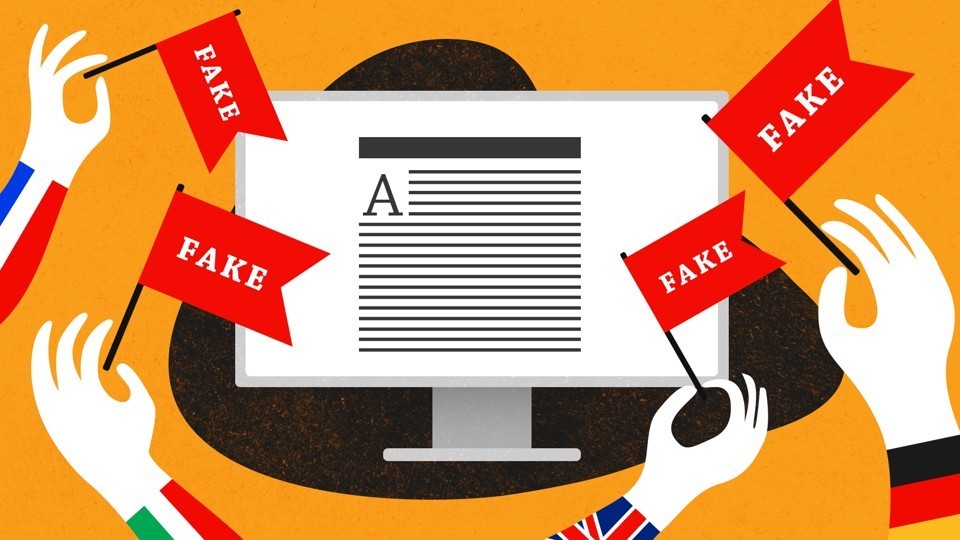

 The advent of Artificial Intelligence (AI):
The advent of Artificial Intelligence (AI):  The aim of News Lens is twofold:
The aim of News Lens is twofold: 
